Mastering the Art of Sleep with a Good Pillow
Good pillows are key for a full, comfortable, and satisfying night’s sleep. A soft mattress and silky blanket are essential, but where you rest your head is a priority.
Sleep is one of the most vital components of your health. Enough rest in a comfortable bed improves cognition, moods, and well-being. A pillow helps support your spine, neck, head, and shoulders. Poor posture, muscle pain, and reduced mental function occur without a good one.
The right pillow depends on your preference, but how do you choose it? Join us as we explore its crucial role in mental and physical health. We also cover different materials and how your sleep style influences your decision.
Ready for the most comfortable sleep you’ve ever had? Let’s catch those happy z’s.
The science behind sleep
Rest is a necessary part of existence. There are many myths and facts about sleep, but it aids fundamental body processes. A good pillow helps promote these functions, maintaining physical and mental health.
Your brain and body experience significant changes when you fall asleep. You use less energy, breathing and heart rate slows, and brain activity decreases. Your internal temperature also lowers, and conscious thoughts switch off.
These reductions let your body and brain focus on important tasks like the ones below.
- Repairing cells, nerves, and muscles.
- Clearing toxic waste from the stomach, livers, and kidneys.
- Releasing proteins and hormones essential for daily function.
- Storing new information in the brain.
- Restoring energy.
- Supporting healthy brain function by helping nerve cells to communicate and reorganize.
- Regulating metabolism and reinforcing the immune system.
A lack of sleep disrupts these processes. You feel more lethargic the next day, struggle to focus, and experience lower moods. More serious mental and physical problems occur over time without enough, consistent rest. An adjustable pillow could give you a more comfortable rest.
You go through several sleep cycles while you rest, each with multiple sleep stages. They all have unique processes, so experiencing each is vital. A cycle lasts 70–120 minutes, during which repairs, restorations, and dreams occur.
Sleep influences your circadian rhythms, dictating natural processes in response to environmental factors. They regulate sleepiness, alertness, body temperature, and appetite.
A healthy sleep routine and circadian rhythms are essential for regulating hormone production. Below are four that play an important role in our well-being.
- Growth hormone (GH) supports the development of the bones and muscles. It promotes a healthy metabolism, aids fat breakdown, and stimulates tissue growth.
- Ghrelin and leptin support healthy appetite regulation, energy balance, and weight control.
- Melatonin regulates sleep-wake cycles. It promotes healthy sleep and supports stable body rhythms.
- Cortisol contributes to healthy stress responses. It aids in regulating the immune system, metabolism, and blood sugar levels.
Lower-quality rest or irregular patterns can disrupt your natural hormone production. Adjustable pillows for beds could contribute to more regular circadian rhythms.
Unlocking the mysteries of sleep
You experience around four or five sleep cycles during a regular resting period. Each comprises four unique stages, which we can break down further into two categories. The first is rapid eye movement (REM), and the other is non-REM.
The initial three sleep stages comprise non-REM brain activity.
- Stage 1. You “doze off,” transitioning from wakefulness to sleep. This phase is brief, typically lasting for a few minutes. Eye movements slow down, rolling slightly, and breathing and heartbeat slow. A good pillow can help you fall asleep faster.
- Stage 2. Your mind and body slow down, settling into your resting period. This phase is the longest, making up 45% of your sleep time. Your brain waves also slow down but experience sporadic bursts of electric activity. There are no eye movements.
- Stage 3. You enter deep sleep, where your body repairs itself and fortifies the immune system. Brain activity slows further, and unique brain waves, known as delta waves, emerge. This phase is essential for maintaining health and feeling well-rested.
REM sleep happens in the fourth stage, during the latter half of the night. Your brain activity, heart rate, and breathing increase. The most vivid dreams typically occur during this period. Your muscles stay paralyzed to avoid moving or “acting out” in response to dreaming.
Memory consolidation and other vital cognitive functions happen during REM sleep. Your eye muscle activity increases, resulting in rapid movement behind the closed eyelids.
Some people develop REM sleep behavior disorder (RBD). Muscle paralysis doesn’t happen during this stage. The person will move their arms and legs or become agitated while dreaming. They can harm themselves or others, but the episodes aren’t usually frequent.
Pillows as sleep support architects
Why are good pillows important?
Your neck and spine have an ideal alignment. Sitting upright, maintaining good posture while walking, exercising, and stretching all help. They provide maximum comfort in any position while preventing chronic pain problems.
The right pillows aren’t only about comfort; they also contribute to neck and spine support. They protect the fragile head, shoulders, and hips. Using the right ones helps you maintain an ideal body alignment while you sleep.
Your neck has a natural forward curve that helps support your head’s weight when standing or sitting. Maintaining this position is essential when sleeping. Adjustable pillows for your bed could help your neck stay in place. They prevent excess movement and an uncomfortable posture.
Pillows help to balance and relieve pressure points in your body. The ideal one should fit your unique body shape and sleep style to ensure maximum comfort.
A pillow that’s too high could cause strain in the back of the shoulders and neck muscles. It may also obstruct your breathing, leading to sleep problems. One that’s too low could also strain your spine and neck, causing you to wake up with pain and stiffness.
Research has shown that pillow height affects cranio-cervical pressure and cervical spine alignment. The ideal mattress also helps relieve pressure points and reduce sore spots in your body.
A combination of a good pillow and mattress takes the pressure off sensitive areas. It supports the neck, shoulders, hips, and back, keeping the spine aligned in the ideal position.
Placing a pillow between your legs or under your knees could also help with spinal alignment. It may take the pressure off your hips and lower back, increasing comfort.
Some people like sleeping without a pillow, which could cause further issues. It may constrict your muscles and skin, leading to tension and wrinkles. A suitable headrest has multiple benefits and prevents additional problems.
Understanding different pillow materials

Different pillow materials exist, each with a unique anatomy. They offer benefits depending on your sleep type, body shape, and preferences. Why choose a factory standard that doesn’t bring comfort in the long run?
We explore four pillow material types and alternatives below.
Memory foam marvels
Memory foam adjustable pillows adjust to pressure, fitting your head shape for comfort. They’re made of polyurethane, a versatile plastic with many valuable applications.
A memory foam pillow contours to the shape of your head when you lie down. It helps distribute your body weight, taking pressure off your neck and shoulders. The material is resilient and returns to its original shape after you remove your head.
Memory foam is also a popular choice when choosing the perfect mattress. Combining it with a pillow with polyurethane could provide ultimate comfort.
Below are six benefits of memory foam pillows.
- They support your spine by keeping your natural posture, promoting better spinal alignment.
- They contour to the natural angles and curves of your head and body.
- They relieve pressure from problem areas that are vulnerable to pain while sleeping. Your shoulders, hip, back, and neck remain supported.
- They could combat pain and discomfort related to joint issues or arthritis.
- They’re less prone to collecting allergens and irritants like mold, pollen, and dust mites. People with allergies could benefit from a good pillow with memory foam materials.
- They absorb and retain your body heat, keeping you warm throughout the night.
Memory foam pillows also have some downsides. Below are four.
- They’re typically more expensive than other pillow types.
- Contoured memory foam pillows aren’t ideal for those who sleep on their stomach. They don’t provide sufficient spine support, as they’re suited to side and back sleepers. Open-cell, non-contoured, gel-infused memory foam is better.
- They retain heat, a bonus during winter, but uncomfortable during summer. The dense material adjusts with the warmth of your body, and some sleepers might not enjoy the extra heat.
- They’re not waterproof. Damage and degradation can occur when exposed to liquids or moisture. Cleaning them requires extra care to avoid water contact.
So, what’s the right way to sleep on a memory foam adjustable pillow?
First, lay it down in the correct position. The flat side should be at the bottom, with the smaller curves facing the head of your bed. Your neck should rest on the taller curved side.
Keep your chin straight, facing directly left or right if you’re a side sleeper. Your spine, neck, and head should be aligned. The larger curve of the pillow should rest under the hollow of your neck, near the top of your shoulder.
Rest your head in the cervical dip of the pillow if you’re a back sleeper. The hollow of your neck should lie on the larger curve. This position ensures proper spine alignment while supporting your natural posture.
Latex: Natural vs. synthetic
Latex may be one of the most expensive materials for comfort, but it makes good pillows for a reason. It’s relatively new in the bedding market but has proved popular among many.
Latex pillows provide excellent support and comfort while remaining highly durable. They feel softer than memory foam, so they’re ideal as a less firm alternative.
Manufacturers use the sap from the Hevea-brasiliensis rubber tree to make natural latex. It’s an organic, eco-friendly, and hypoallergenic material.
Natural latex is ideal for those with allergies. The material is antibacterial and antimicrobial, and it deters pesky microorganisms. You’re less likely to encounter molds, mildew, fungi, pollen, dust mites, and other allergens. These pillows are also long-lasting and easier to clean.
Some studies suggest latex pillows provide the best comfort and sleep quality improvement. They could enhance your overall functioning and decrease neck pain.
Some people are allergic to latex, so ensure you aren’t. Synthetic options exist, made from artificially manufactured foam. They contain styrene-butadiene rubber (SBR) and mimic the feel of natural latex.
Synthetic latex pillows are more affordable, so they’re increasingly common. They’re good options but don’t match the quality and durability of natural ones. They also release more noticeable off-gassing odors and don’t last as long.
Two good pillow options exist in the latex landscape: Dunlop and Talalay. Each term refers to the manufacturing process involved when making the material.
Dunlop latex pillows are more affordable, as they’re simpler to make. They’re firm and dense, with one side being softer.
Talalay latex pillows provide an evenly distributed, softer feel. They’re slightly more costly, as the manufacturing process is more intensive. The airflow and temperature neutrality are also better than Dunlop.
Feather and down elegance
Feather and down pillows are excellent if you want to embrace total softness and comfort. What’s the difference?
Pillows with duck and goose feathers are light, soft, and fluffy. They last long and provide sturdy support for your head. They’re typically inexpensive and make exceptional adjustable pillows for your bed. You can fold and modify them to fit your posture and preferences.
“Down” refers to a duck or goose’s wing, chest, or back feathers. They come from the inner layer rather than the outer, waterproof coating. These pillows provide elegant comfort. They adjust to your head shape while giving you full support.
Some pillows have a combination of down and feathers. They provide excellent insulation while remaining breathable.
Maintaining a down or feather pillow requires you to “fluff them up” each morning. You do this to keep the airflow ideal and retain its soft feel. It also helps prevent them from looking lumpy and unappealing.
Avoid these pillows if you’re allergic to waterfowl or bird feathers.
Polyester and alternatives
Polyester is a synthetic type of polymer made from petroleum. It’s strong, flexible, and highly resistant to water, stretching, and tearing. Manufacturers use it as fiberfill to make good pillows with variations of firmness.
Polyester pillows are easy to manipulate to suit your needs. Their softness makes them ideal for providing comfort and cushioning pain. Machine-washing them is possible, and they dry quickly.
The manufacturing process for making polyester pillows typically uses questionable chemicals. Some people might face breathing difficulties when sleeping with them. Avoid them if you have chemical sensitivities.
Polyester pillows are suitable for side, back, and stomach sleepers. Adjusting their firmness is easy if you want to make them higher, lower, firmer, or fluffier.
Below are some eco-friendly alternatives if you want to avoid polyester pillows.
There are many noteworthy pillow types on the market. Take your time when deciding which one is best. It’s a worthy investment that could make or break your sleep quality.
Choosing the right pillow for your sleep style

Your pillow choice impacts your health and well-being. Are you a side, back, or stomach sleeper? Your style should ideally determine which product is best.
We explore the three primary sleep styles below, with pillow recommendations for each.
Side sleepers’ sanctuary
Did you know you make up around 74% of the global population if you’re a side sleeper? It’s a common position, and it’s comfortable. Ensuring you have a good pillow and mattress is vital to prevent any pain from a lack of support.
Find the ideal side sleeping pillow that aligns your head and neck above your shoulders. Place a cushion between your knees for extra spinal support. Slide sleepers aren’t at risk particularly, but it may cause pressure on your back and joints.
Firm memory foam or high loft latex foam pillows are ideal for side sleepers. They offer support and alignment for your neck and back. The firmer, the better, so some may prefer latex to avoid the sinking sensation of memory foam.
Back sleepers’ haven
You account for at least 10% of sleepers if you prefer resting on your back. It’s uncommon but may be more comfortable for some individuals. Neck support is the most essential consideration in this position.
Back sleepers may be more prone to sleep apnea, a condition that obstructs your breathing. Finding a suitable pillow is essential for avoiding potential issues.
Your neck may face alignment issues when sleeping on your back. This position promotes spinal alignment but isn’t suitable for those with neck pain. A higher loft pillow is ideal, as it supports your head and spine. Choose a low, firm surface that aligns your body.
Adjustable pillows for your bed may be ideal. They mold according to your shape, providing ultimate spine, neck, and back support.
Place a small pillow or rolled towel under your neck. Tucking it under your shoulders can also increase comfort and decrease pain.
Medium-firm foam memory or latex pillows are the best option for back sleepers. They contour according to your shape, providing customizable comfort.
Supporting your neck is vital when sleeping. It helps prevent pain, discomfort, stiffness, and feeling stuck. Choose ones that have high-quality material and are firm yet soft. They should be easy to look after and provide complete comfort through the night.
Stomach sleepers’ oasis
The stomach sleeping position is the rarest worldwide. It may be the norm to some, but it can be uncomfortable and cause more unhappiness to others. Resting this way may be your go-to, but finding the right pillow is essential.
The best pillow for stomach sleepers is one that supports the abdomen, hips, and neck. A flat surface is ideal, positioned under the forehead while keeping the nose lifted.
A silk pillowcase is a popular choice among side sleepers. It’s comfortable, stays cool, and offers premium comfort. It also has moisturizing and anti-aging properties.
Stomach sleepers need ergonomic support. Opt for a supportive, firm mattress combined with a low loft pillow. Choose a pillow that fits your head shape while relieving pressure from your neck. Feather and down materials are popular as they compress easily.
Sleeping on your stomach isn’t inherently bad, but experts recommend against it. It isn’t ideal for spinal support and alignment. It puts unnecessary pressure on your upper back and neck. A large body pillow is best to avoid twisting too much during the night.
Pillow maintenance and hygiene
Maximizing comfort with your pillow involves preserving its quality and comfort. Keeping it clean makes it last longer, helps you avoid health issues, and improves your sleep.
Good pillows still need maintenance to keep providing comfort and freshness. They can harbor respiratory pathogens, sweat, and pet fur over time, which could make you sick. Wash them at least two to four times yearly to prevent dust, bacteria, and odors from accumulating.
We cover how to wash each pillow type below.
Build a habit of fluffing your pillows daily, regardless of which type you have. Tap both sides with your hand and push the edges to make the surface even. Place them in the sun for an hour to eliminate odors and bacterial growth.
Pillow protectors are essential for maintaining the quality of the inner material. Put it over the cover for an extra layer of protection.
Replace your pillows when they become flat, discolored, and uncomfortable. They last two years on average, but some can last five to ten years. Some manufacturers provide a decade guarantee on their products. Taking care of them is still essential for maintenance.
Pillows and health conditions
Allergies affect many people, and unwashed pillows and sheets can worsen symptoms. Dust mites, pet dander and fur, and mold spores can accumulate in your bed. They may cause acne, hay fever, and asthma.
Washing and caring for sheets is equally important as pillow hygiene. Cleaning your bedding once a week is the best way to avoid the buildup of allergens, dirt, and bacteria.
Choosing the right material is also essential for minimizing allergies and asthma. Natural latex and kapok are good pillows that provide hypoallergenic relief.
You need a pillow that supports your head, neck, shoulders, and muscles if you have chronic pain. Your spine should remain aligned, and the material shouldn’t be too hard or soft. Memory foam helps take pressure off your sensitive areas and minimize discomfort.
Neck support pillows and postural exercises can reduce pain. Practice stretching before bed and keep your back and spine straight. A lower body pillow or one between your legs can help maintain a neutral alignment.
Sleep apnea is a disorder that affects up to one in four adults. It obstructs the airways and causes breathing difficulties while you rest.
Many sufferers use continuous positive airway pressure (CPAP) therapy as a treatment. Sleep apnea pillows or CPAP-specific designs can help relieve symptoms. Choose ones that have an indent to accommodate the masks and hoses.
DIY pillow testing
Finding a good pillow may take time, as it’s an important decision. You’re seeking one that provides long-lasting comfort and stays in good shape for years.
Some stores may let you test a pillow before buying it. Take advantage of this opportunity by lying on it for a minute, ensuring it suits you. Use the information above to choose one based on your sleeping position.
You can also do a squeeze test on a pillow in-store. Press your fingers into the product to determine how soft or firm it is. It won’t give you a good feel like lying on it will, but it can help you decide if it’s suitable.
Our adjustable pillow lets you choose your preferred setting: soft, medium, or firm. It’s easy to clean, stays cool overnight, and promotes spinal alignment. Being in control of the shape helps ensure satisfaction every night.
Unlock peak comfort with Sleepgram

Pillows can make or break a good night’s rest. The one you choose can impact your sleep quality negatively or positively. It plays a pivotal role in supporting your body and ensuring physical and mental health.
A good pillow is an investment in your well-being. You need enough sleep to function properly and enjoy stable moods and health. Choose bedding that keeps your spine and neck in alignment. Maintain a clean environment and minimize noise and light to increase comfort.
Visit us to browse our superior bedding products and achieve restful sleep. Get in touch to find out how to get personalized pillow bliss.
Happy sleeping!
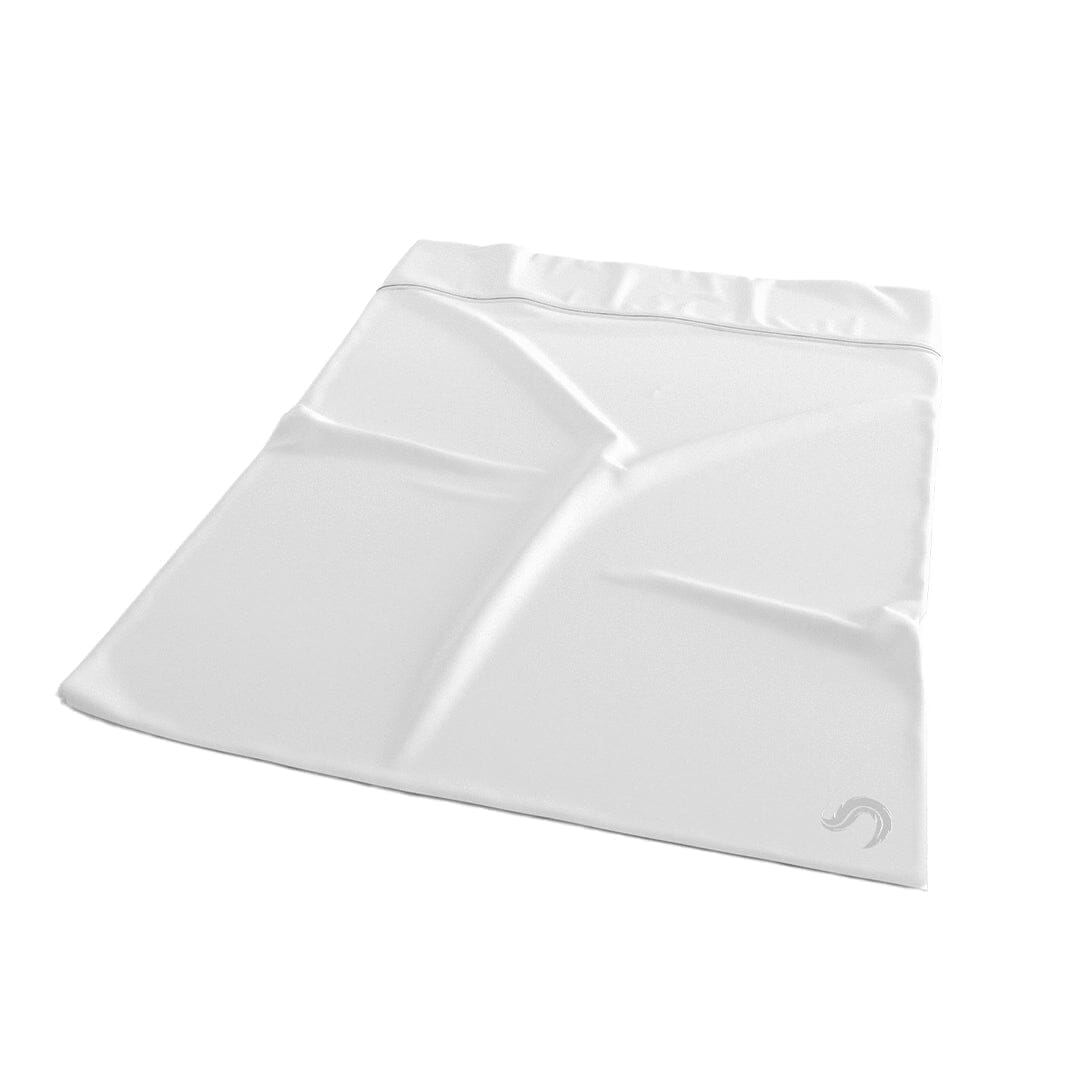
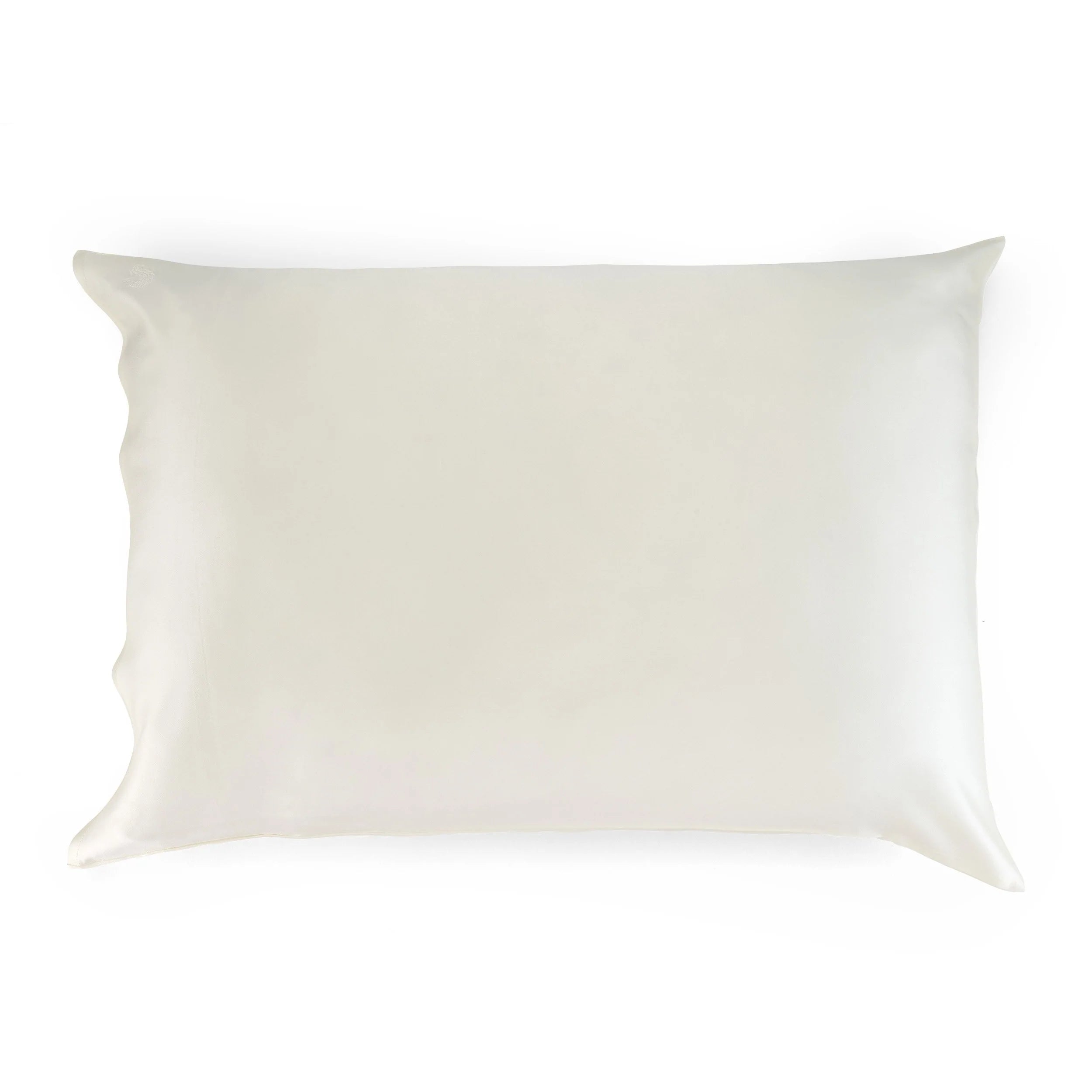
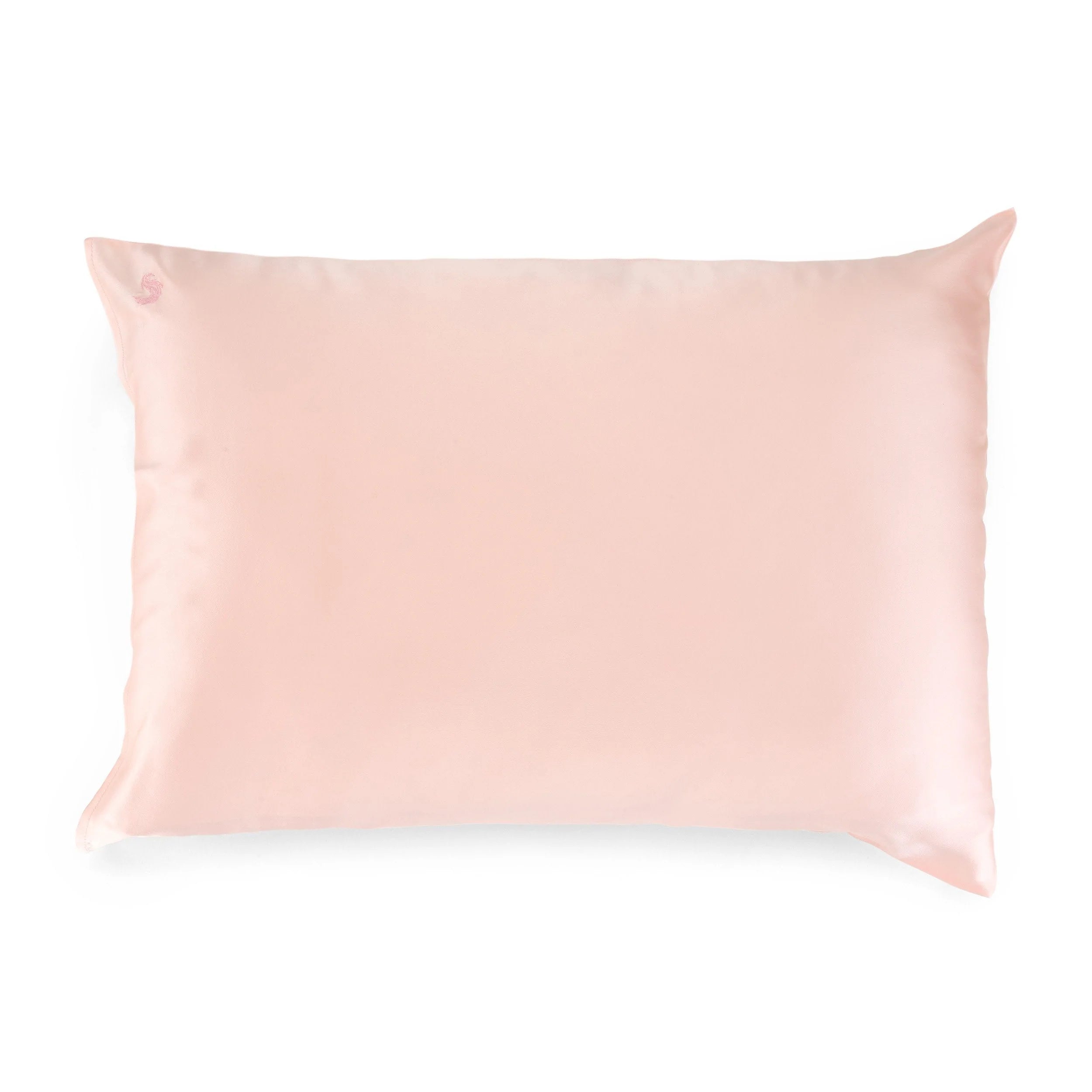
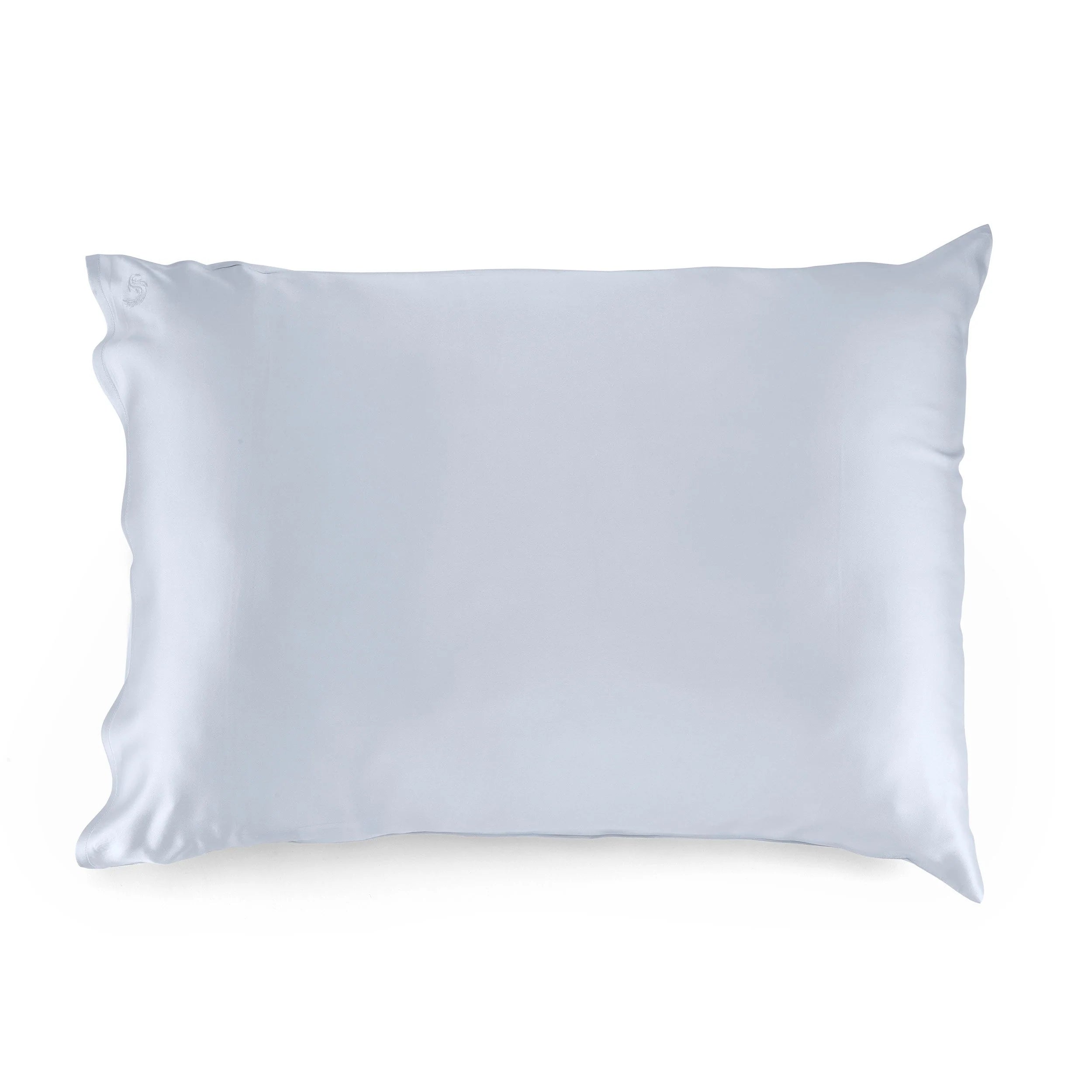
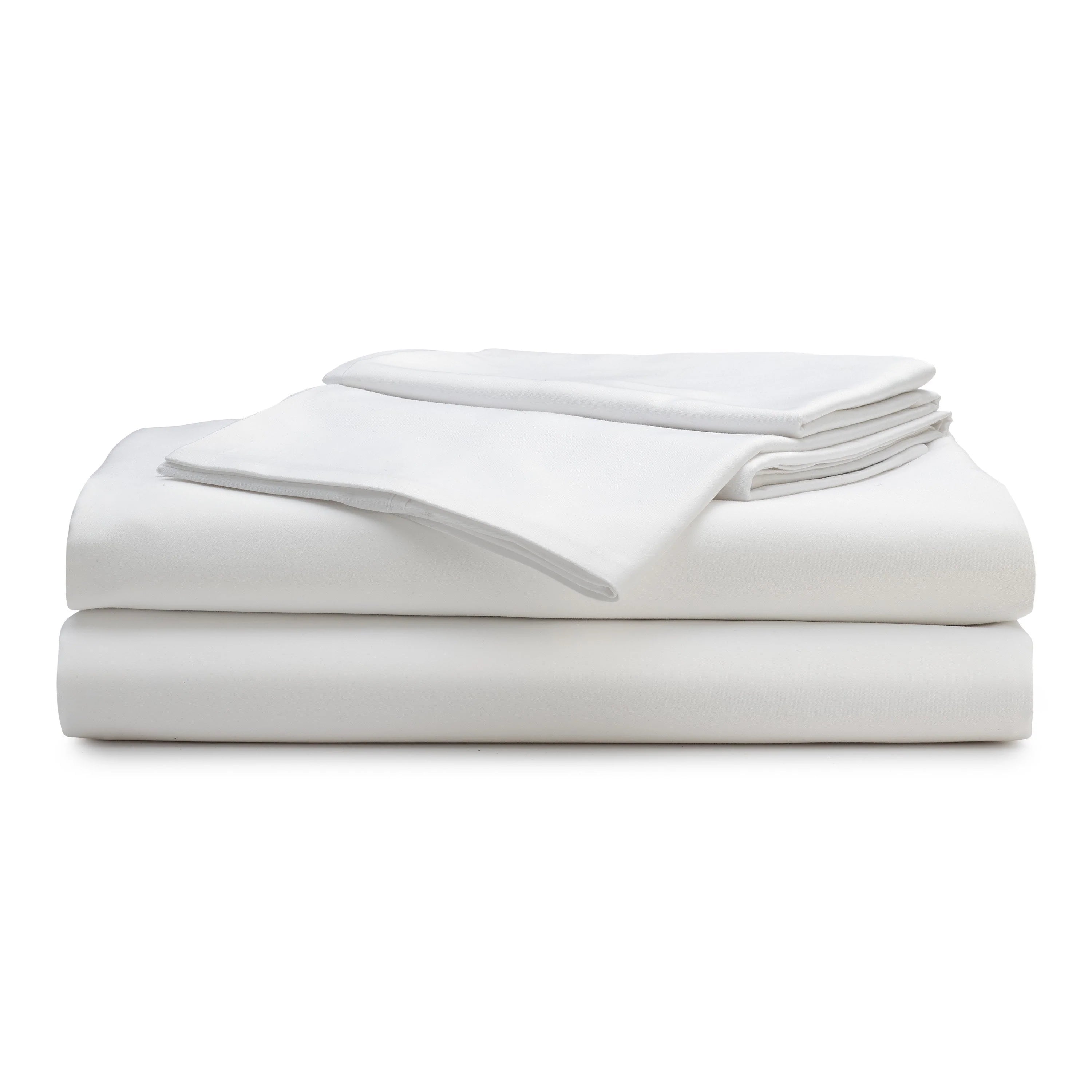
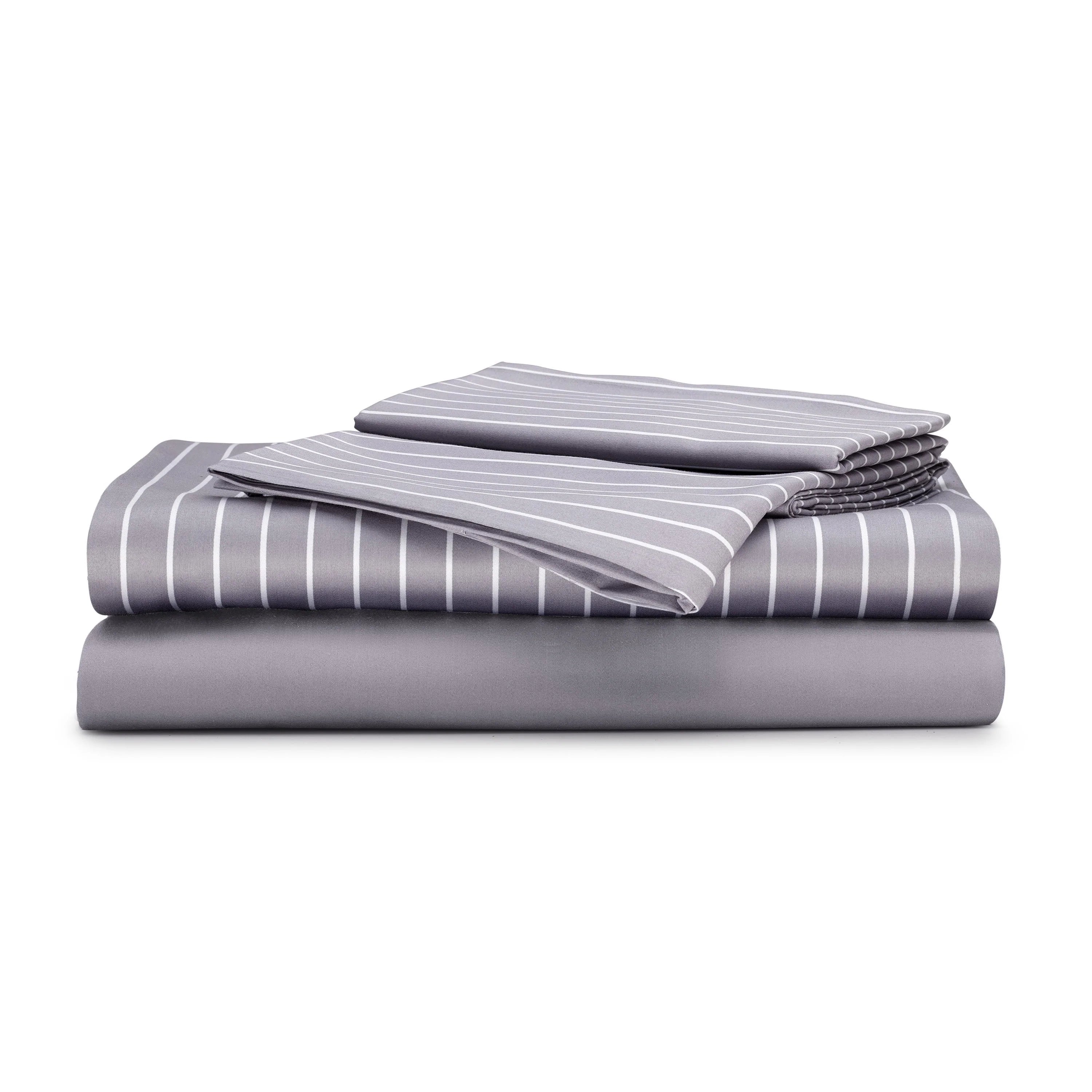
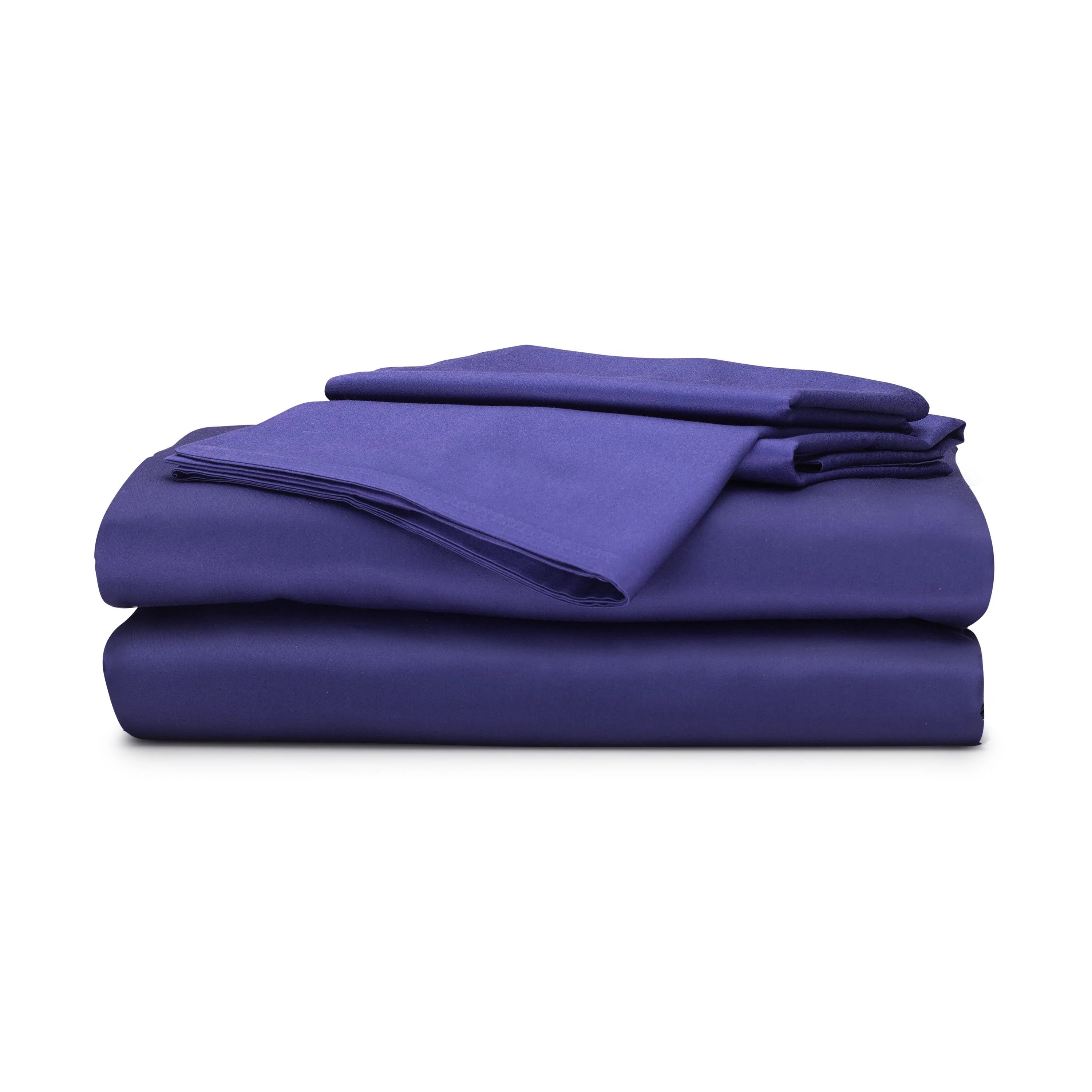
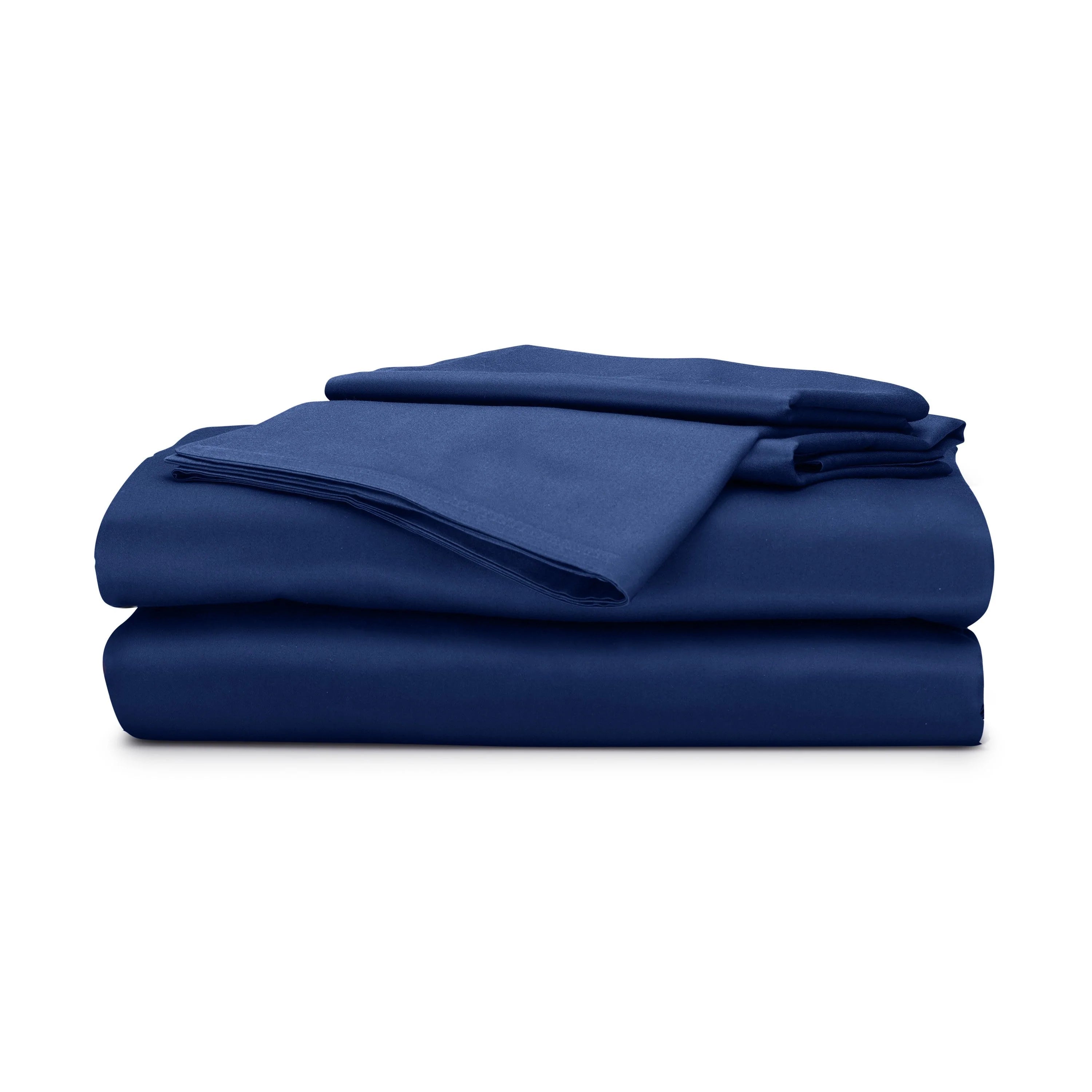
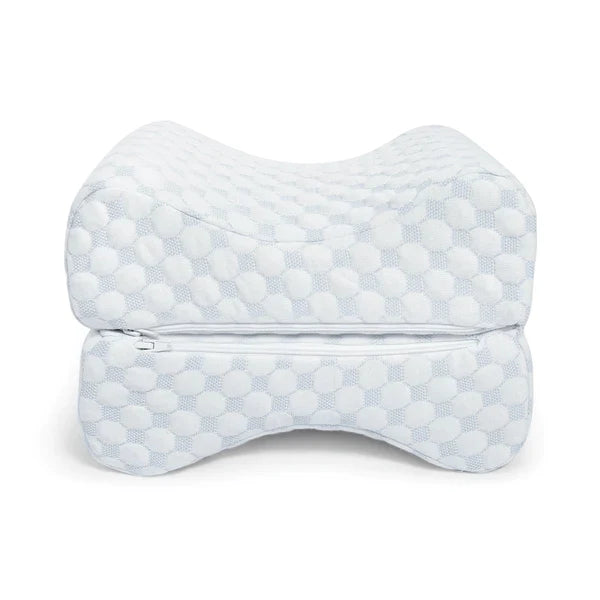
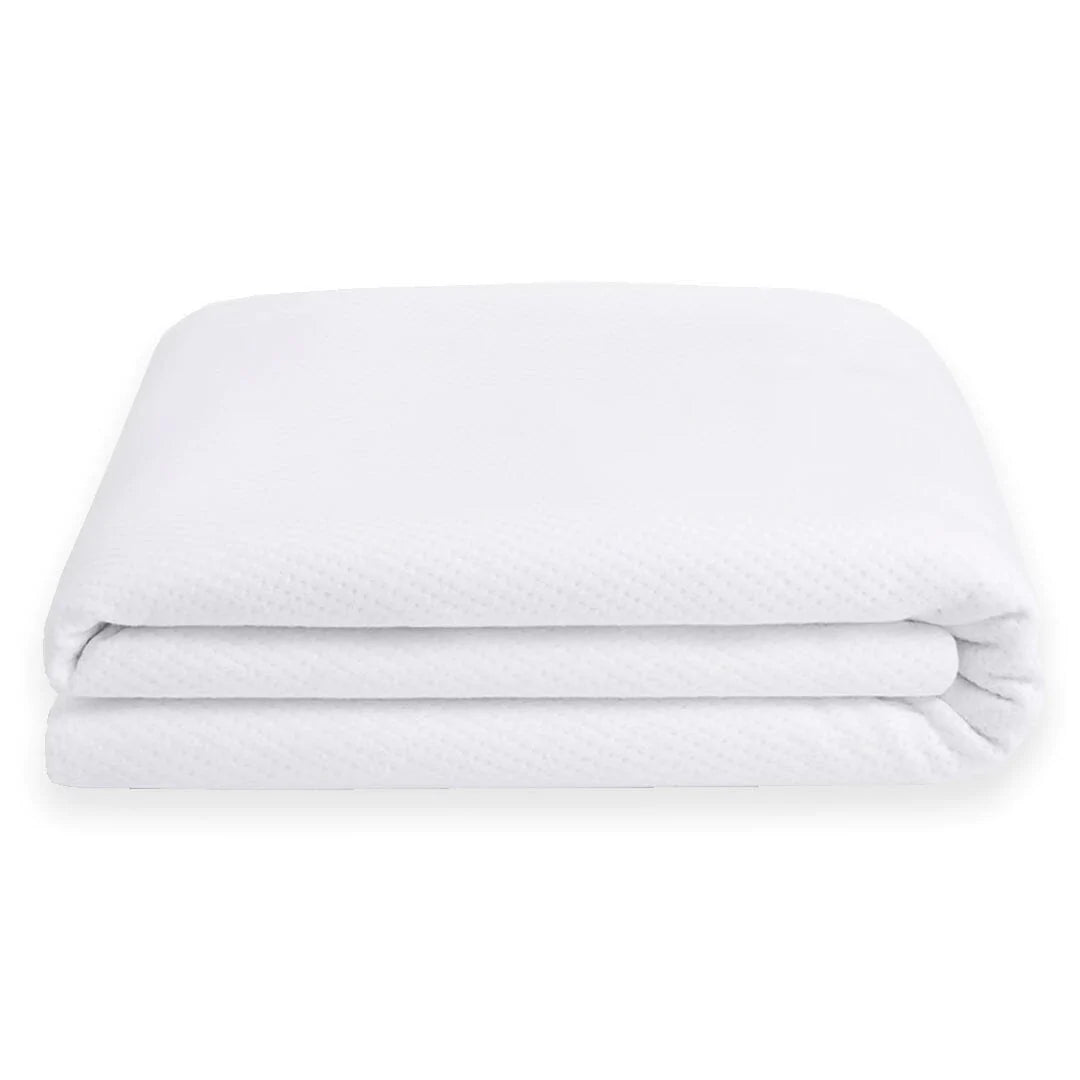
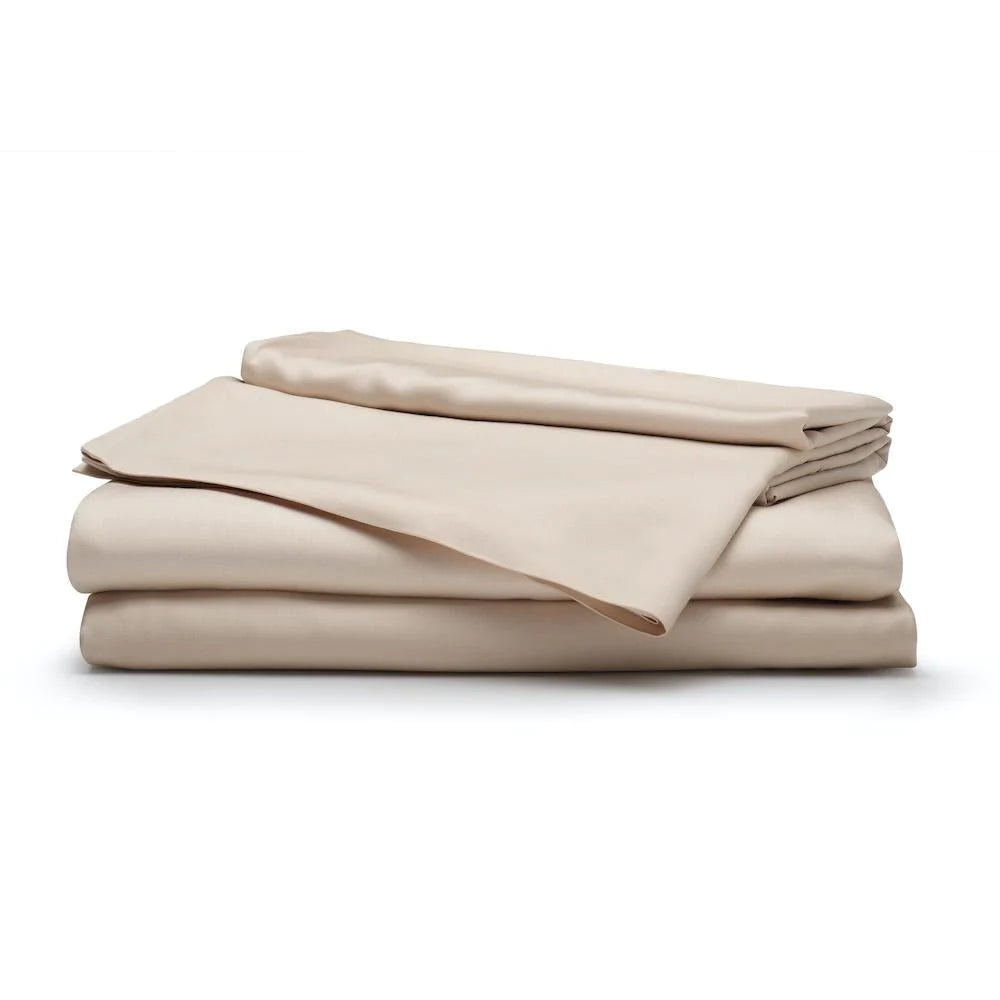
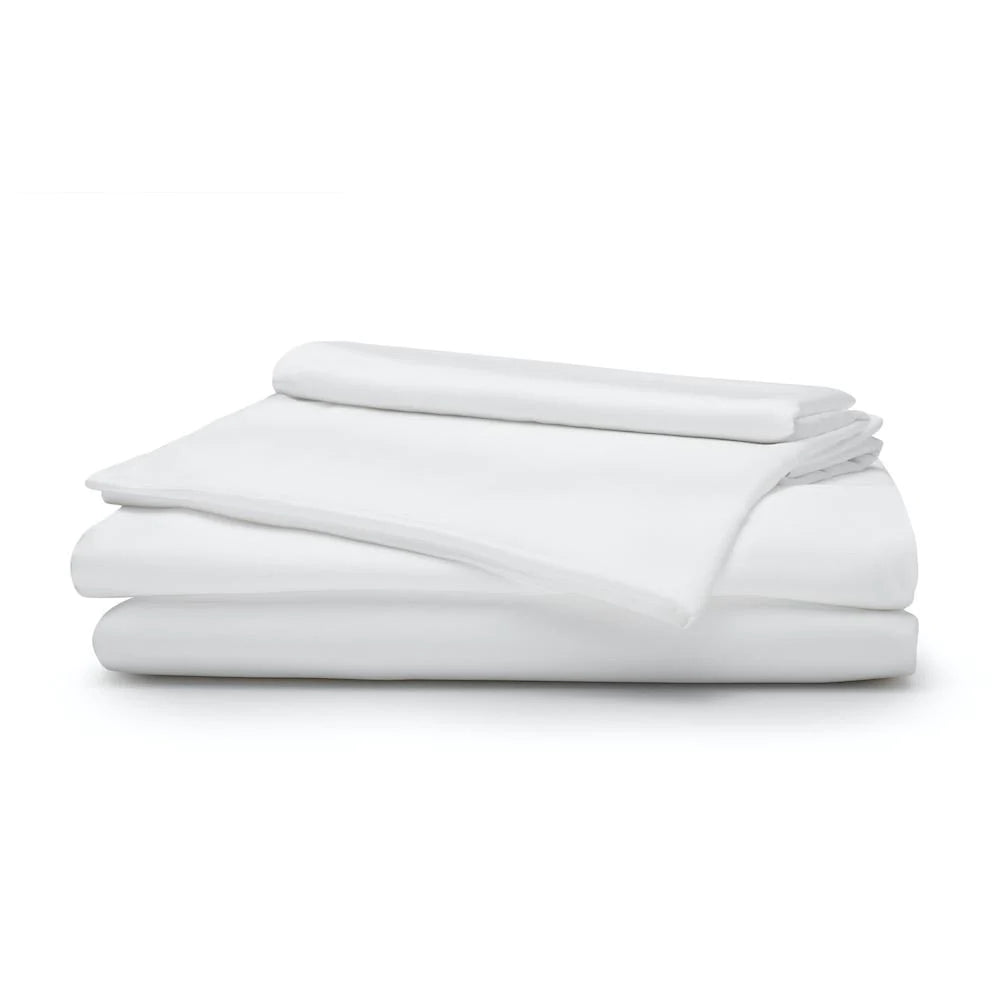
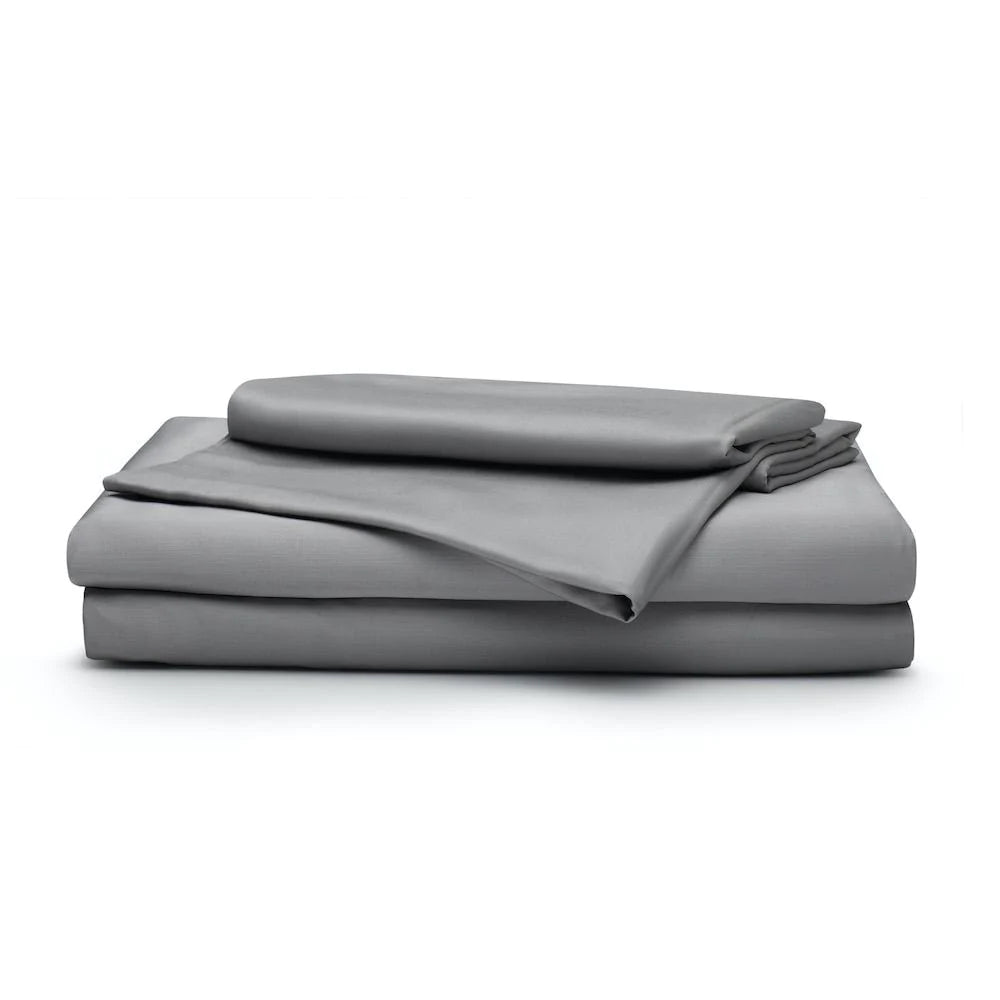

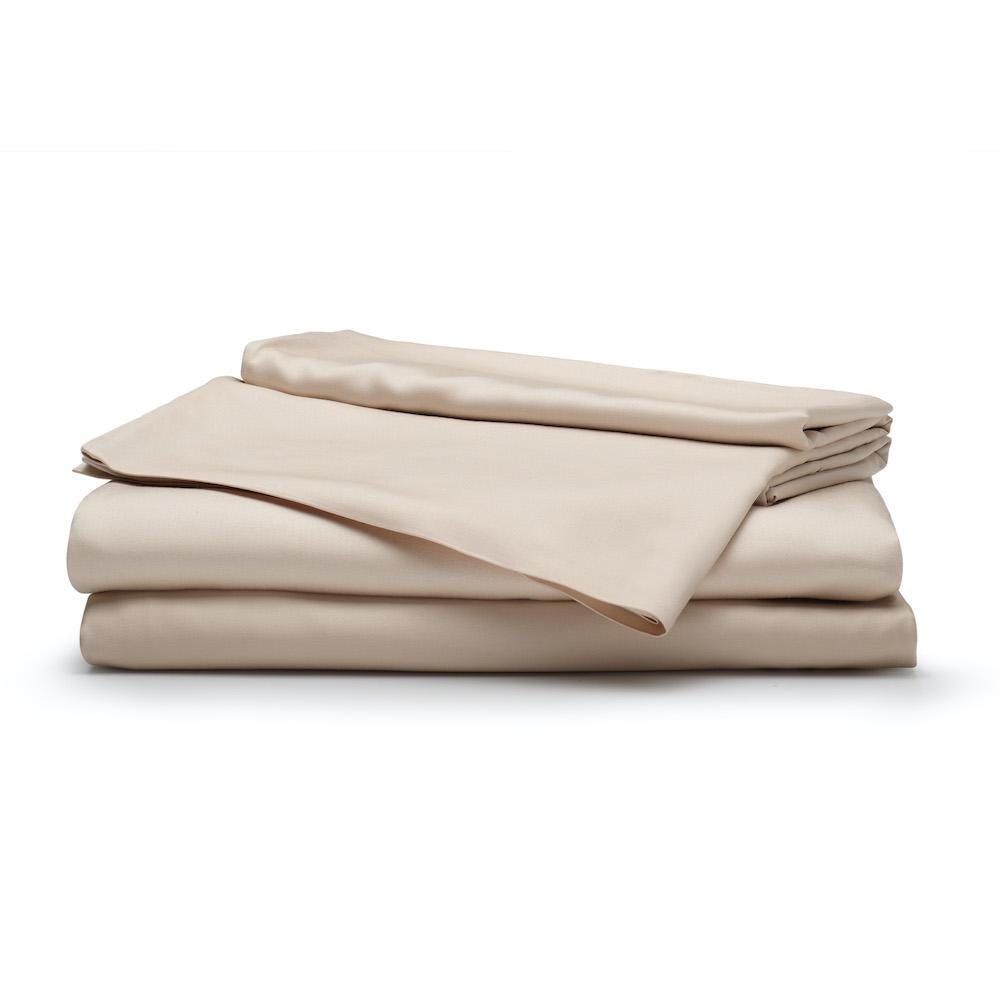
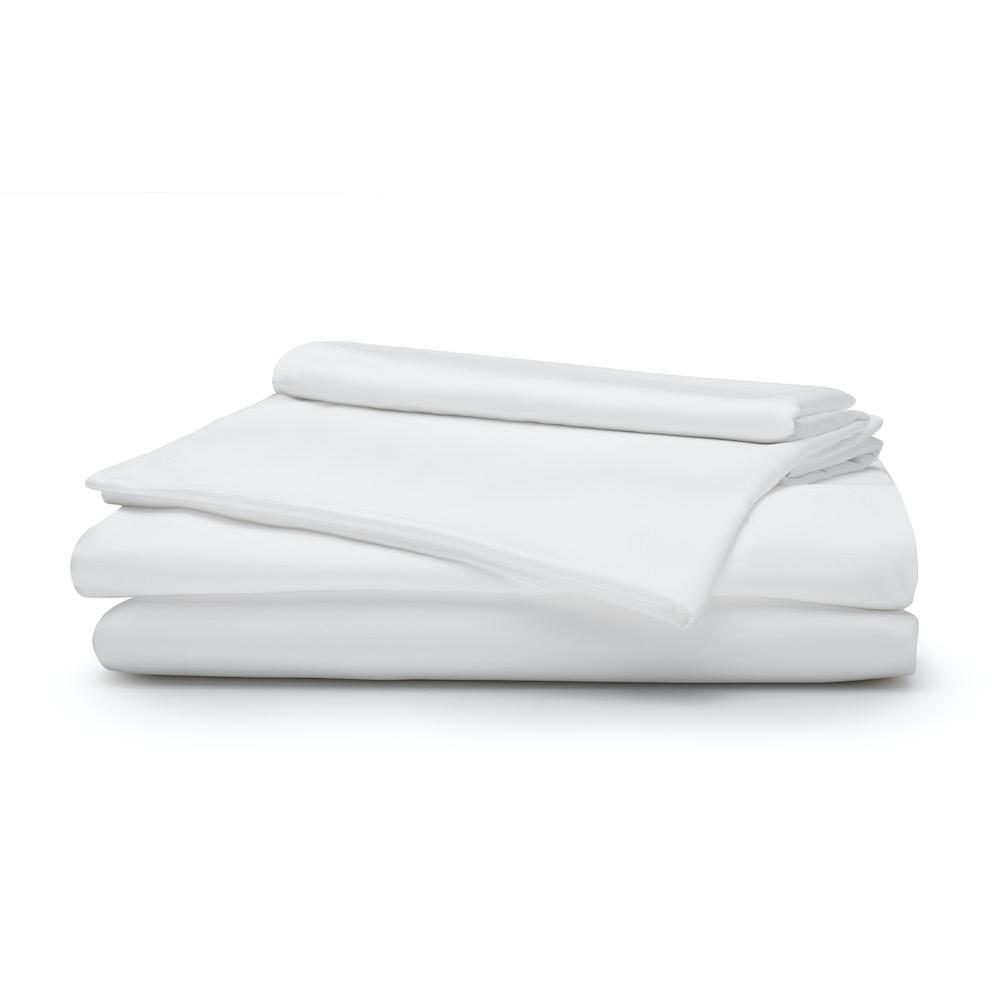
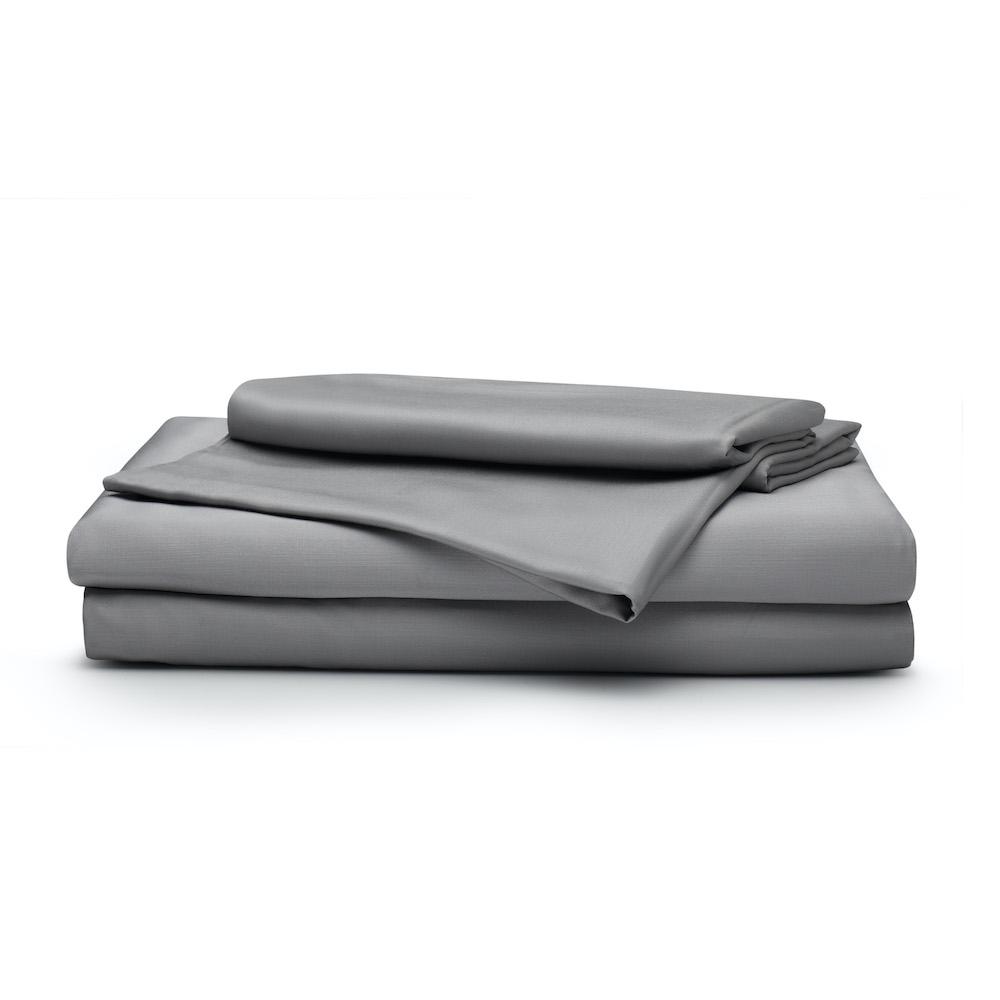
 9 reviews
9 reviews